In today’s world, where transparency and efficiency are of utmost importance, blockchain technology is making a big difference in many sectors. While cryptocurrencies like Bitcoin and Ethereum often grab the headlines, the use of blockchain goes far beyond just finance. VeChain (VET) is a remarkable platform that’s all about improving supply chain management and business operations. By combining distributed ledger technology with real-world applications, VeChain aims to bring blockchain to the business world. This article explains how VeChain works, what makes it special, and why it’s important in our digital economy.
What is VeChain?
VeChain started in 2015, thanks to Sunny Lu, who was previously the CIO of Louis Vuitton China. Initially a project under Bits, one of China’s largest blockchain firms, it became an independent platform in 2017 and launched its mainnet, VeChainThor, in 2018. Unlike other blockchains that serve a broader purpose, VeChain is tailored for businesses, providing tools to improve supply chain visibility, fight counterfeiting, and manage data more effectively. With its dual-token approach (VET and VTHO) and an energy-efficient consensus method, VeChain caters to businesses that want a scalable and sustainable blockchain solution.
How VeChain Works
- Dual-Token System (VET and VTHO)
- VET (VeChain Token): This is the main cryptocurrency used to transfer value and create VTHO. When a person holds VET, he or she can earn VTHO, which encourages long-term investment.
- VTHO (VeThor Token): Think of it as fuel for transactions and smart contracts. This setup keeps transaction costs stable, which is really helpful for businesses planning their budgets.
- Proof of Authority (PoA) Consensus
VeChain uses PoA, where 101 “authority masternodes” (approved by VeChain) are responsible for validating transactions. Although this may reduce decentralization, it speeds up the process, allowing for about 10,000 transactions per second, as opposed to Bitcoin’s 7 TPS. This low energy usage fits well with sustainability goals, making it attractive to environmentally conscious businesses. - Smart Contracts and IoT Integration
The VeChainThor platform allows for customizable smart contracts, which can automate tasks such as issuing payments upon delivery. Connected IoT devices (such as sensors and RFID tags) collect real-time information (such as temperature and location), which is stored securely on the blockchain. This combination ensures that products can be verified and tracked from the factory to the customer. - Governance and Upgrades
The platform has a decentralized governance model, which allows users to suggest and vote for improvements, ensuring that VeChain evolves according to the needs of its users.
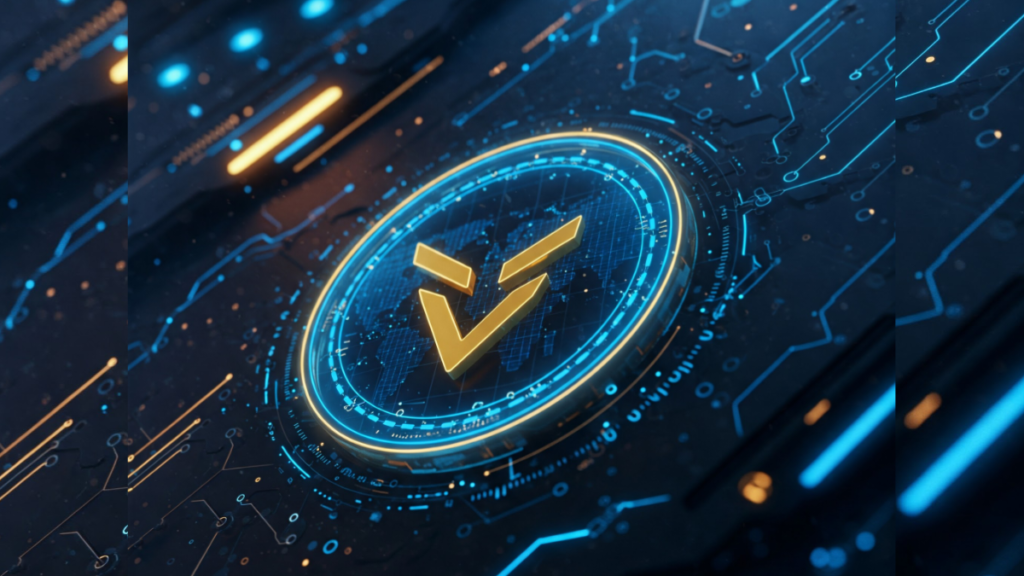
Use Cases: Why VeChain Matters
- Supply Chain Transparency
- Walmart China: They use VeChain to track food items, reducing inspection time by half and improving security. Shoppers can scan QR codes to see where their food comes from and how it was handled.
- BMW: They keep car maintenance records on the blockchain, helping to prevent odometer tampering and increase the resale value of cars.
- Anti-Counterfeiting
Luxury brands like LVMH use VeChain to confirm the authenticity of their products. Each product has a digital twin stored on the blockchain, allowing buyers to check whether it is genuine or not using a mobile app. - Sustainability
VeChain helps companies like DNV GL track their carbon footprints, helping them achieve their environmental goals. For example, it monitors methane emissions in aquaculture, promoting more sustainable practices. - Healthcare
Hospitals use VeChain to secure patient information and the origin of medicines, helping to fight counterfeit drugs.
Partnerships and Adoption
VeChain has built its reputation through partnerships with leading companies:
- DNV GL: A global risk management firm that collaborated on My Story™, a traceability solution for brands.
- PwC: Works with VeChain on blockchain audits and supply chain solutions.
- Government Partnerships: In China, VeChain supports cities like Gui’an in digitizing public services.
The VeChain Toolchain platform allows businesses to easily implement a blockchain solution, making it more accessible. More than 1,000 companies from 50 countries have turned to VeChain, including H&M, Bayer China, and Haier.
The Year That Shook Crypto: Bitcoin’s Price Journey in 2025
Challenges and Considerations
- Competition: Other players such as IBM’s Hyperledger and Ethereum are also offering similar solutions for businesses.
- Regulatory Uncertainty: Different countries have different regulations regarding cryptocurrencies, which could impact how widely VeChain is adopted.
- Centralization Concerns: The reliance on approved nodes in the PoA model may not appeal to those who favor decentralization.
Future Outlook
VeChain is set to continue innovating, with ambitions to incorporate AI and enhance its DeFi capabilities. As businesses continue to prioritize transparency and sustainability, VeChain’s practical uses could establish it as a major player in the blockchain landscape.
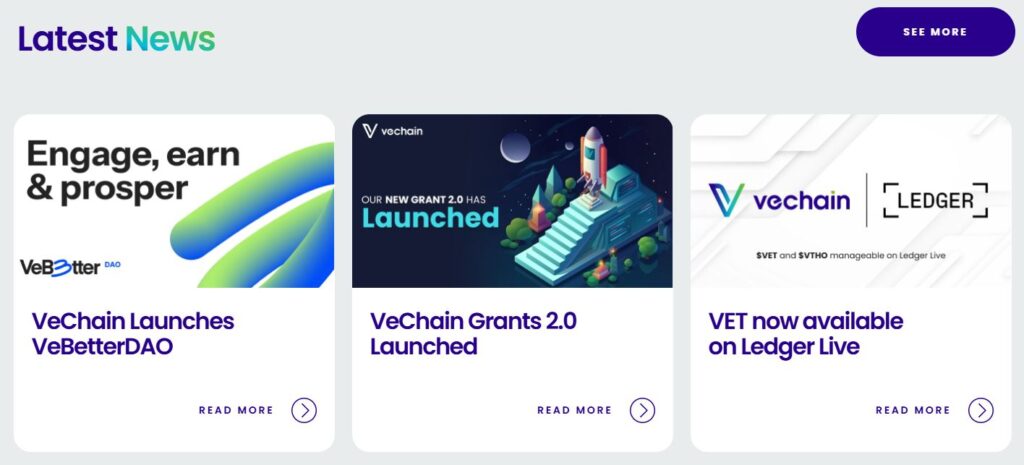
Conclusion
By combining IoT, blockchain, and user-friendly resources, VeChain tackles critical issues in supply chains and beyond. It not only improves business operations but also builds trust and efficiency by giving consumers meaningful data. As VeChain continues to grow, its impact on global industries could help solidify blockchain’s role in this new era of industrial transformation.
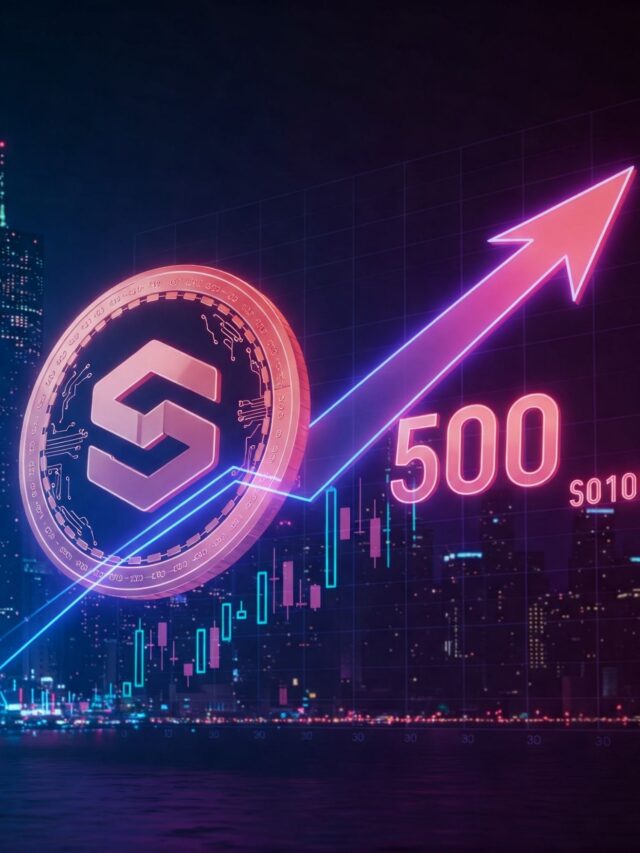
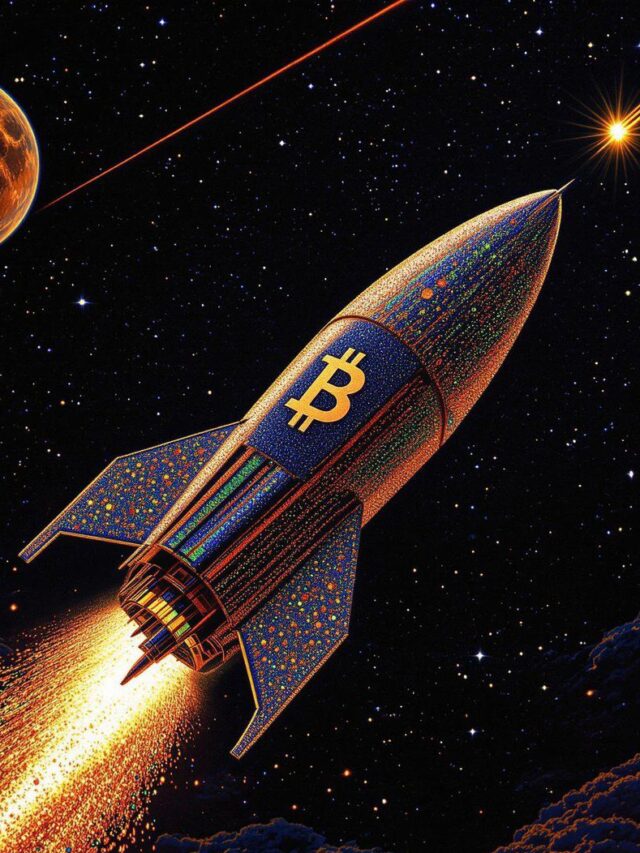

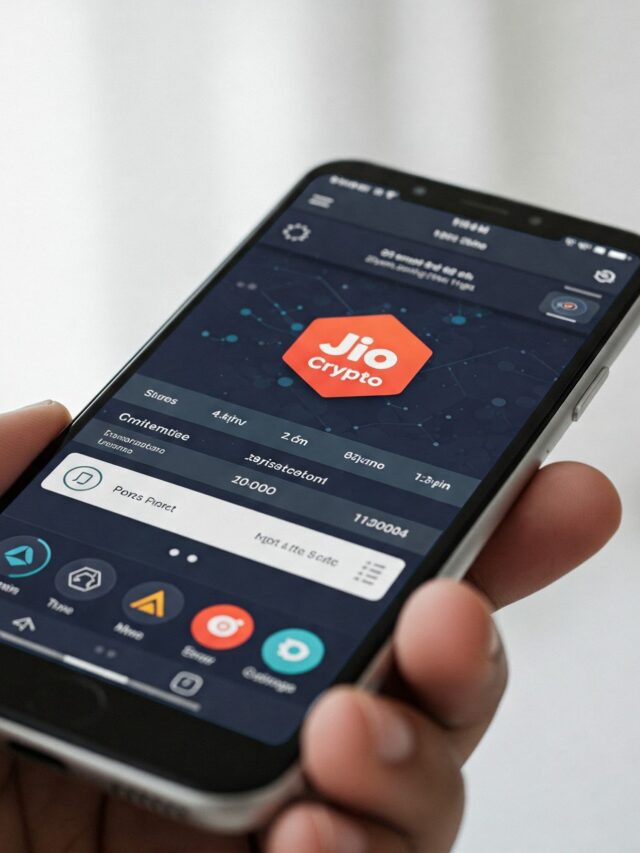
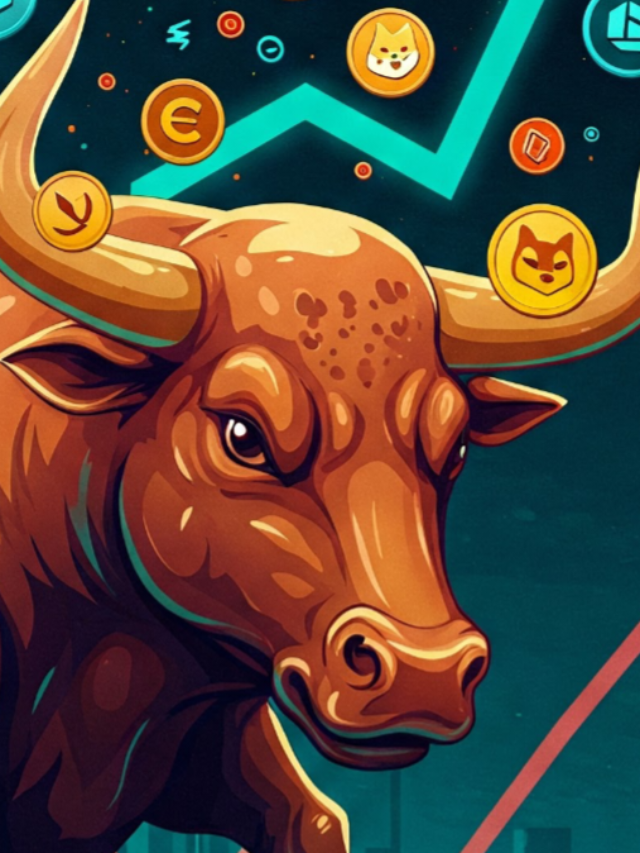
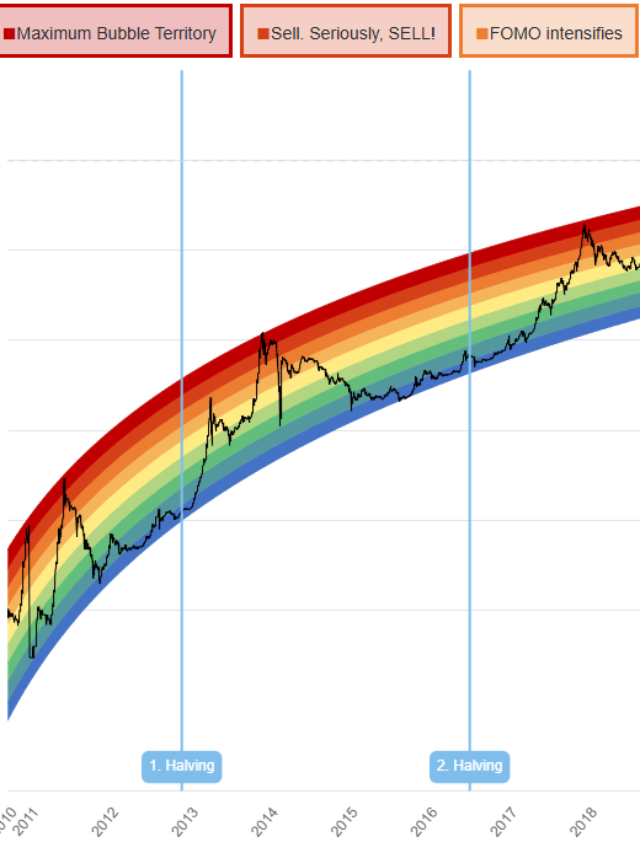
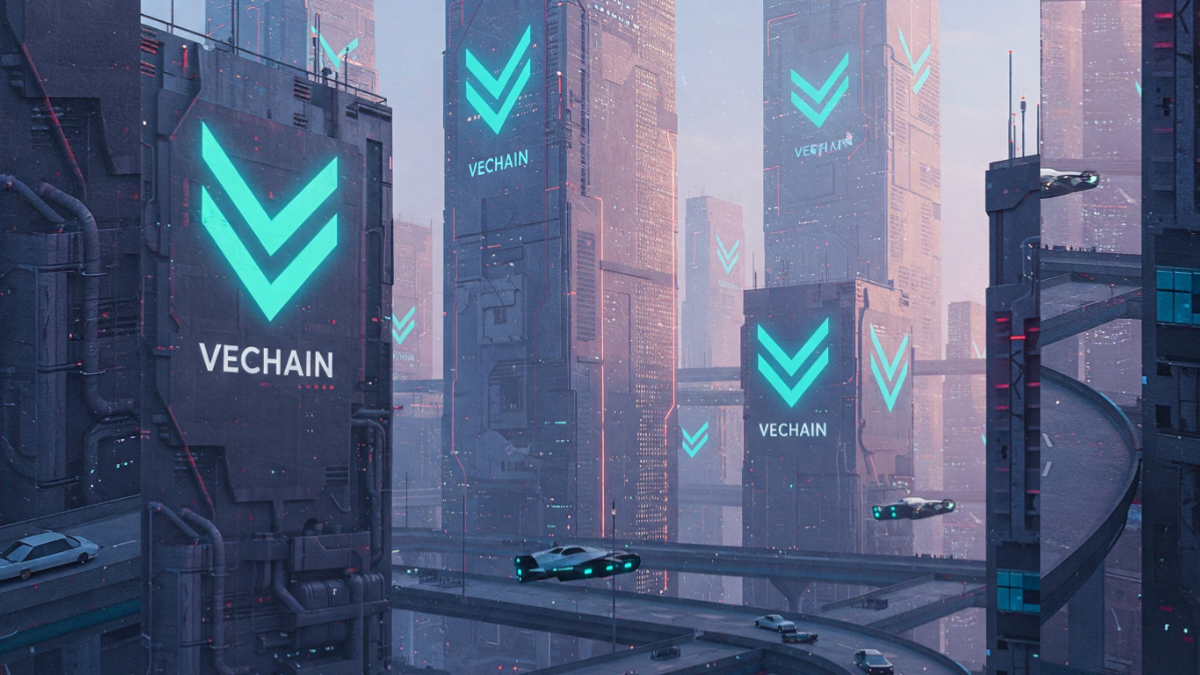
2 thoughts on “From Concept to Reality: The Growing Importance of VeChain Coin”